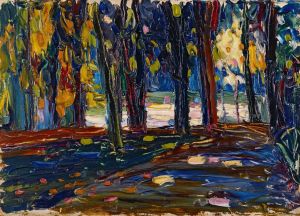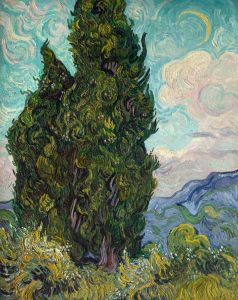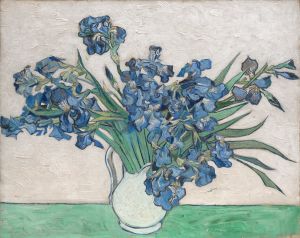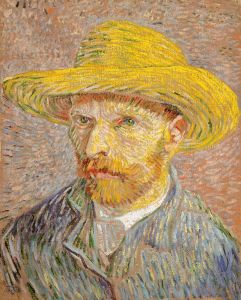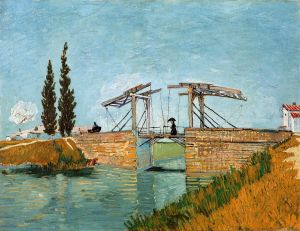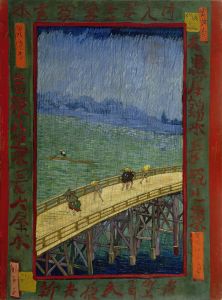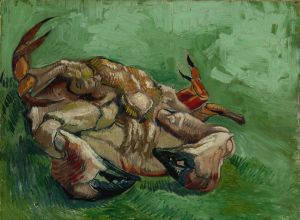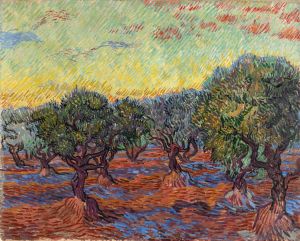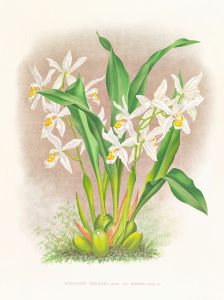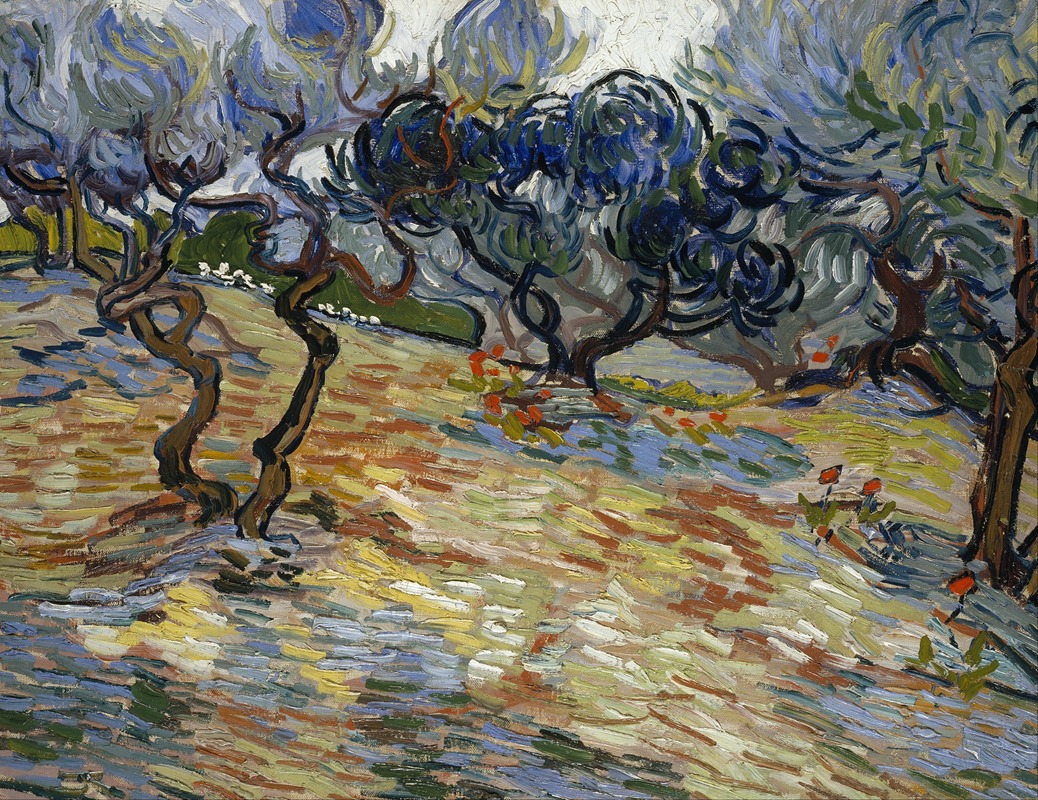
Olive Trees
A hand-painted replica of Vincent van Gogh’s masterpiece Olive Trees, meticulously crafted by professional artists to capture the true essence of the original. Each piece is created with museum-quality canvas and rare mineral pigments, carefully painted by experienced artists with delicate brushstrokes and rich, layered colors to perfectly recreate the texture of the original artwork. Unlike machine-printed reproductions, this hand-painted version brings the painting to life, infused with the artist’s emotions and skill in every stroke. Whether for personal collection or home decoration, it instantly elevates the artistic atmosphere of any space.
"Olive Trees" is a series of paintings created by the Dutch post-impressionist artist Vincent van Gogh in 1889. These works are part of Van Gogh's exploration of the Provençal landscape during his stay at the asylum of Saint-Paul-de-Mausole in Saint-Rémy-de-Provence, France. The series is notable for its vibrant colors, dynamic brushwork, and emotional intensity, which are characteristic of Van Gogh's mature style.
Van Gogh was admitted to the asylum in May 1889, following a series of mental health crises. During his time there, he was allowed to work outdoors and was inspired by the surrounding countryside. The olive groves near the asylum became a significant subject for him, and he painted at least 15 canvases depicting olive trees between June and December of that year.
The olive tree paintings are celebrated for their expressive use of color and form. Van Gogh employed a rich palette, using bold and contrasting colors to convey the vitality and movement of the trees. The swirling patterns of the branches and leaves, along with the textured application of paint, create a sense of dynamism and energy. This technique reflects Van Gogh's interest in capturing the essence of nature and his emotional response to the landscape.
In his letters to his brother Theo, Van Gogh expressed his fascination with the olive trees and their symbolic significance. He saw them as emblematic of the region and was captivated by their changing appearance under different lighting conditions. Van Gogh's depiction of olive trees also reflects his broader interest in spirituality and the cycles of nature, themes that are evident in many of his works from this period.
One of the most famous paintings from this series is "Olive Trees with the Alpilles in the Background," which is housed in the Museum of Modern Art in New York. This particular work exemplifies Van Gogh's ability to blend observation with imagination, as he captures the rugged beauty of the olive trees set against the backdrop of the Alpilles mountains.
The "Olive Trees" series is often compared to Van Gogh's other works from Saint-Rémy, such as his "Wheatfield" series and the iconic "Starry Night." Together, these paintings illustrate Van Gogh's innovative approach to landscape painting and his ability to convey emotion through color and form.
Van Gogh's time in Saint-Rémy was both productive and challenging. Despite his struggles with mental illness, he produced some of his most acclaimed works during this period. The "Olive Trees" series stands as a testament to his resilience and artistic vision, offering insight into his unique perspective on the natural world.
Today, Van Gogh's olive tree paintings are celebrated for their contribution to the post-impressionist movement and their influence on subsequent generations of artists. They continue to be studied and admired for their technical mastery and emotional depth, reflecting Van Gogh's enduring legacy as one of the most influential figures in Western art history.






